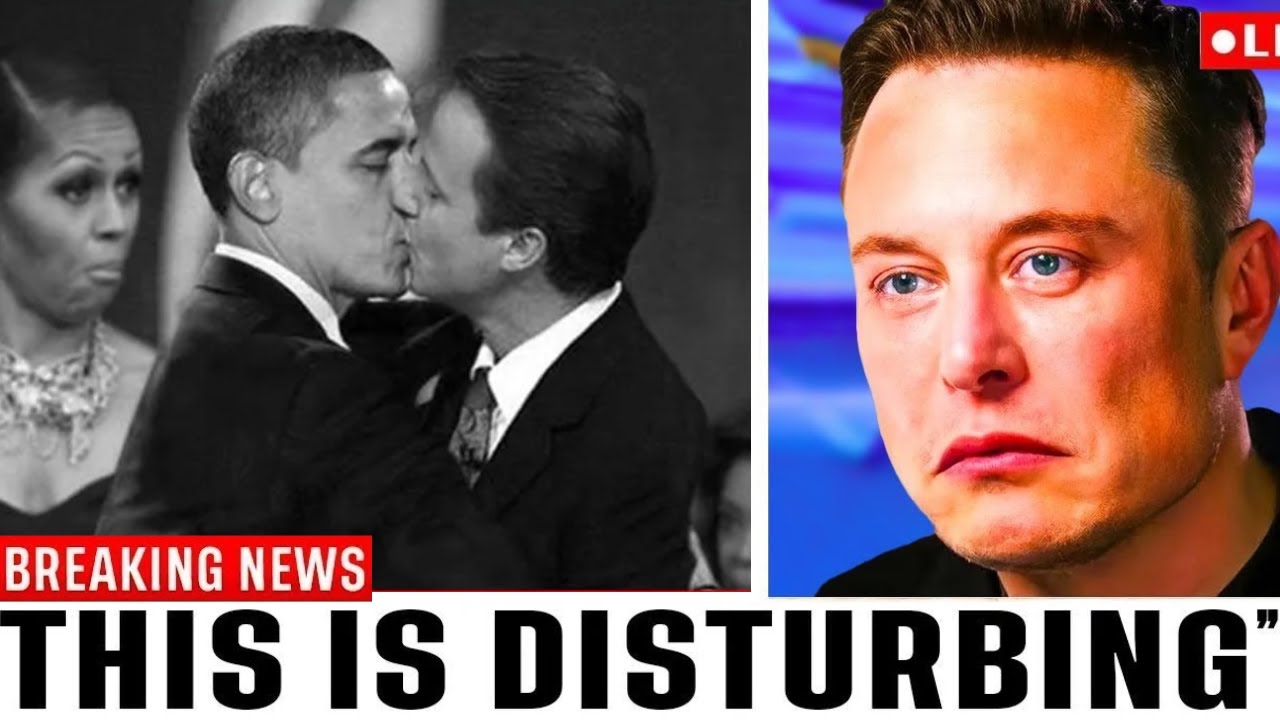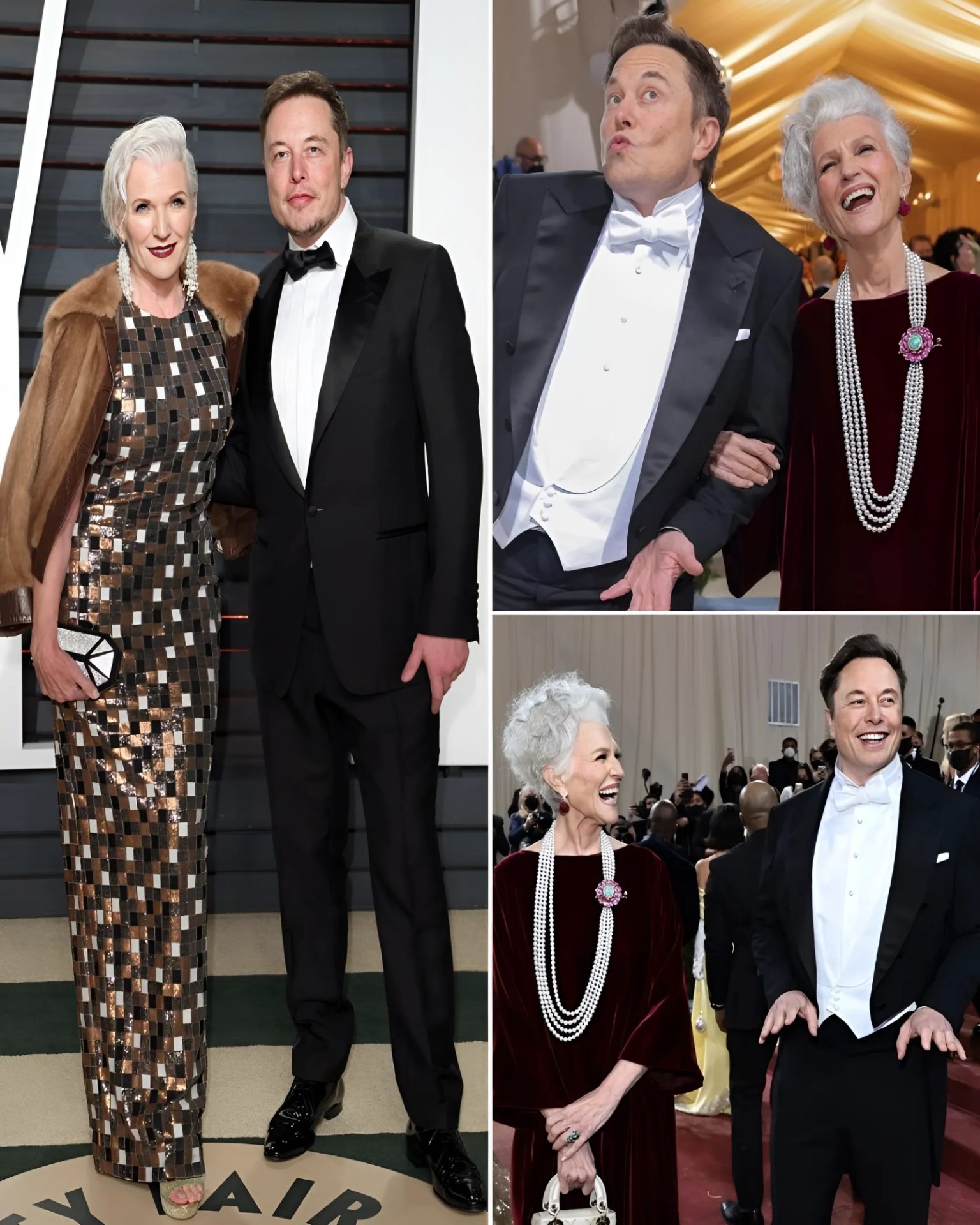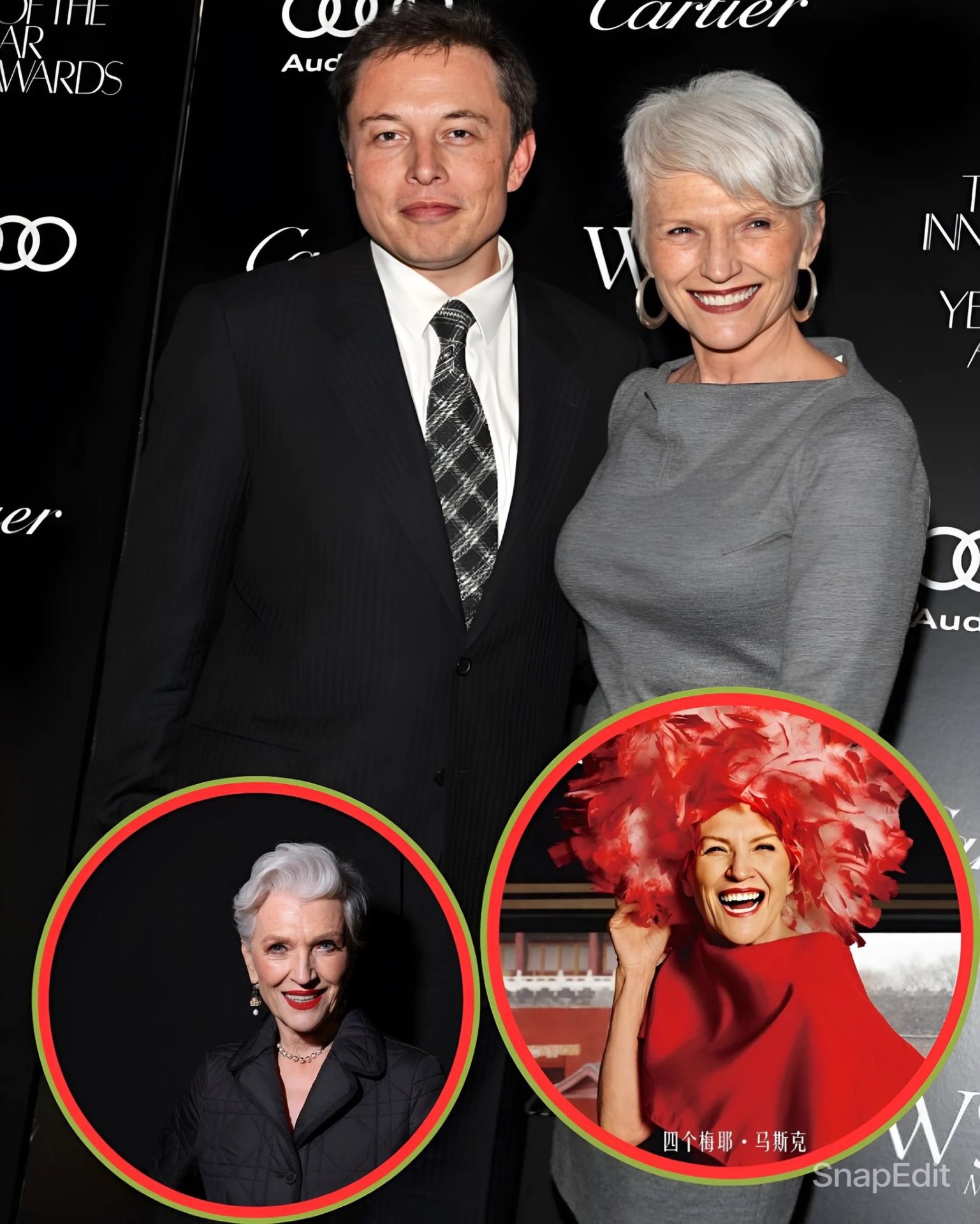Writer Karla Mendez looks at singer and activist Joyce Bryant, who, despite wowing audiences in the 1940s and 1950s with her striking image and extraordinary voice, left behind her successful entertainment career to embark on a journey to advocate for civil rights.

Raised in a strict Seventh-Day Adventist household, Joyce Bryant’s upbringing could not have predicted her future career in show business or her celebration as a Black bombshell. Born Ione Emily Bryant on October 14th, 1927, in Oakland, California, Bryant was the third of eight 𝘤𝘩𝘪𝘭𝘥ren. Growing up in a strict Seventh Day Adventist household, Bryant’s parents discouraged her from pursuing any career path that put her into contact with alcohol and enforced firm rules around diet, fashion, and entertainment. Her parents were also opposed to her singing. The only person who provided encouragement was her maternal grandfather, a former jazz trombonist.
This constrictive environment compelled Bryant to marry at the age of fourteen, for the first and last time, in an effort to break from her family. It was a very short marriage, lasting less than a day, but it was also at this age that Bryant embarked on her journey as an entertainer, becoming widely known as “The Belter,” “The Black Marilyn Monroe,” and “The Bronze and Blonde Bombshell.”
In 1946, while Bryant was visiting cousins in Los Angeles, they went to a club, and on a dare, she went up on stage and sang. Recalling the moment in an interview with Jet magazine in 1955, Bryant said that after a while, she realized she was the only one still singing. After mesmerizing the crowd, Bryant left the stage, but later, the owner approached her and offered her $25 to go back on stage, to which Bryant agreed as she needed money to get home.
The Genesis of An Alter-Ego
Bryant’s brief performance during this outing led to more performance opportunities during the 1940s. She was booked at La Martinique in New York City, an engagement that paid $400 a week, and a 118-show tour of the hotel circuit in the Cats𝓀𝒾𝓁𝓁 Mountains. During this period, she also filled in for Pearl Bailey at Ciro’s Club in Hollywood. This would be her true start in the industry, after which she regularly began performing throughout the country, including venues like the Copacabana in New York and the Casino Royal in Washington, D.C., where she was one of the first Black singers to perform, in 1954.
While Bryant’s fame and popularity continued to grow amongst both Black and White audiences well into the 1950s, she endured racism and 𝓈ℯ𝓍ism from the public and also, maltreatment at the hands of her manager. In 1952, she was scheduled to perform at Hotel Algiers on Miami Beach, an infamously white-only establishment. At the time, Black Americans could not walk down the street unless they were in a maid uniform or were carrying hotel worker identification. Bryant was not deterred by these laws nor by the KKK’s act of burning her effigy before her performance.
Success Does Not Mean Protection
Image of Joyce Bryant by Carl Van Vechten. May 28, 1953. Carl Van Vechten Papers Relating to African American Arts and Letters. James Weldon Johnson Collection in the Yale Collection of American Literature, Beinecke Rare Book and Manuscript Library. Public Domain.
Bryant’s activism was evident in her refusal to bow down to the racial practices of the period. She spoke out about being continually booked to perform at White establishments and the racial practices that perpetuated Jim Crow laws. She called for Black entertainers to band together against the treatment they experienced, including being unable to eat in restaurants and stay in the hotels in the cities they performed and being forbidden to use restrooms at gas stations. She struggled with being forced to perform in White spaces where she entertained White audiences and sang songs that White entertainers did. Bryant stated that unlike performers like Lena Horne, Billy Daniels, and Herb Jeffries, she could not pass for White, which resulted in her becoming the first “identifiably” Black performer in several venues, but also led to the expectation that she would aid in the maintenance of stereotypes.
While a guest on The Ed Sullivan Show, host Ed Sullivan insisted Bryant wear a bandana with her evening gown. In Sullivan demanding Bryant to wear a bandana, he was attempting to make her more “acceptable” to the audience. This raises the question of acceptance for who and why Bryant’s acceptability depended on the perpetuation of the Mammy stereotype. Can it be argued that by insisting Bryant pair her gown with a bandana, Sullivan was consciously or subconsciously stating that while she is a successful and popular star, she is still a Black woman and should stay in her subordinate place? Here, it seemed he was supporting the stereotypical notion that there is only a degree of accomplishments that Black people are “allowed” to achieve, but anything beyond that is unacceptable and threatens the racialized, gendered, and classed societal power dynamics.
Survival, Contempt, and Remorse
While the public worshiped Bryant and her talents, she herself carried a great deal of shame with her role in entertainment. In a 1977 interview with The New York Times, she spoke of the difficulty her family had with her wardrobe, which consisted of tight, low-cut gowns, and her performances, saying it was a sinful thing she was doing. Her upbringing in the church and steadfast loyalty to religion were in constant conflict with her career and the manner in which she was expected to present herself to the public. She was uncomfortable with how the industry 𝓈ℯ𝓍ualized her as a fourteen-year-old and the 𝓈ℯ𝓍ually suggestive performances she was forced to participate in. Bryant expressed that during her early years in the industry as an underage performer, she had to contend with remarks about her body, with men stating that she had an “ample body.” Throughout her career, she continued to fend off advances from men, including an incident in which a man physically assaulted her in her dressing room after she rejected him.
Bryant’s breaking point came in 1955 when she had a short residency scheduled at the Apollo Theater in New York City. Prior to that engagement, she had undergone a tonsillectomy and, in the process, had lost her voice. With her contract and payment in jeopardy, her manager demanded her doctor do whatever was needed to ensure she could sing, even agreeing, without her consent, to have her throat sprayed with cocaine, which acted as a local anesthetic. In the same 1977 Times interview, she stated that this act by her manager forced her to grasp an understanding of just what she meant to the entertainment world and those around her that depended on her for income. She realized that she was not valued as a human being but as a product, a commodity. She declined the treatment, and while she went on to perform in what she called a “fashion show” because of how little she sang, she quit the industry shortly after.
Acquaintance with the Civil Rights Movement
Image of Joyce Bryant by Carl Van Vechten. May 28, 1953. Carl Van Vechten Papers Relating to African American Arts and Letters. James Weldon Johnson Collection in the Yale Collection of American Literature, Beinecke Rare Book and Manuscript Library. Public Domain.
By this point in her career, not only had she faced racism, 𝓈ℯ𝓍ism, violence, ostracization from her family, and had been pressured to combat health issues with narcotics, her hair had been damaged after years of coloring it silver with radiator paint. It was during this time that she found her way back to religion, enrolling at Oakwood University, a historically Black Seventh-day Adventist Institution in Huntsville, Alabama. She grew frustrated with how she saw Black Americans treated during her travels for work and witnessed many in critical need being turned away from hospitals due to their race. These observations encouraged her to become involved in more activist work, where she organized fundraisers. Additionally, she developed a working relationship with Dr. Martin Luther King Jr., supporting efforts to raise money for basic necessities for Black communities.
It was through her collaborative work with Dr. Martin Luther King Jr. she realized the fight for civil rights needed to be one that the church took up as well. When her church declined to become involved in the movement, she became disillusioned and returned to the entertainment industry in the 1960s–though this time, her hair wasn’t a conspicuous silver, and she wasn’t wearing her Zelda Wynn-designed gowns. Bryant went through a reinvention of sorts, training under the tutelage of vocal teacher Frederick Wilkerson at Howard University This training led to her becoming a vocal instructor herself, working with clients like Raquel Welch, Jennifer Holliday, and Phyllis Hyman. Bryant’s training with Wilkerson also led to her performing opera and garnered her a contract with the New York City Opera.
The Reintroduction of Joyce Bryant
While there is currently a documentary by Jim Byers entitled Joyce Bryant: The Lost Diva, when Bryant passed away, very little of her life was known. Work on the documentary began in 2011 in the hopes that more people would learn about and admire Bryant’s contribution to entertainment. Bryant’s story is an examination of the way Black entertainers, especially women entertainers, were treated, regardless of their success. It also is illustrative of the commitment Bryant had to the civil rights of Black people and to her faith. She attempted to bridge the church and the struggle for civil rights, arguing that as 𝘤𝘩𝘪𝘭𝘥ren of God, everyone deserves the right to safety, liberation, and equity. Although within her immediate congregation that perspective was not embraced, she paved the way for future alliances between institutions of worship and civil rights movements, just as she also paved the way for subsequent Black women entertainers such as Etta James and Aretha Franklin.

About the author:
Karla Mendez (she/her) is the Lead Columnist of Black Feminist Histories and Movement for Black Women Radicals blog, Voices in Movement. She is currently an undergraduate student at the University of Central Florida, pursuing a major in Interdisciplinary Studies and a double minor in Political Science and Women’s and Gender Studies. She holds a certificate in Feminism and Social Justice from the University of California, Santa Cruz, and has just completed an internship with the United Nations Association. In addition to being a student, she is a freelance writer. Karla is of Puerto Rican and Dominican descent, she recognizes the importance of intersectionality in feminism, and as such, her research and writing focus on the intersection of race, gender, class, and politics.
With her writing and research, she wants to introduce people to historical figures who paved the way for change while bringing awareness to how discrimination and oppression can affect people differently. She will continue to explore her research as she begins graduate school next year to pursue a Master’s in Women’s Studies and American Studies. When she isn’t studying or reading for school, she enjoys reading for fun, watching old movies, and spending time with her family. You can follow her on Instagram.





